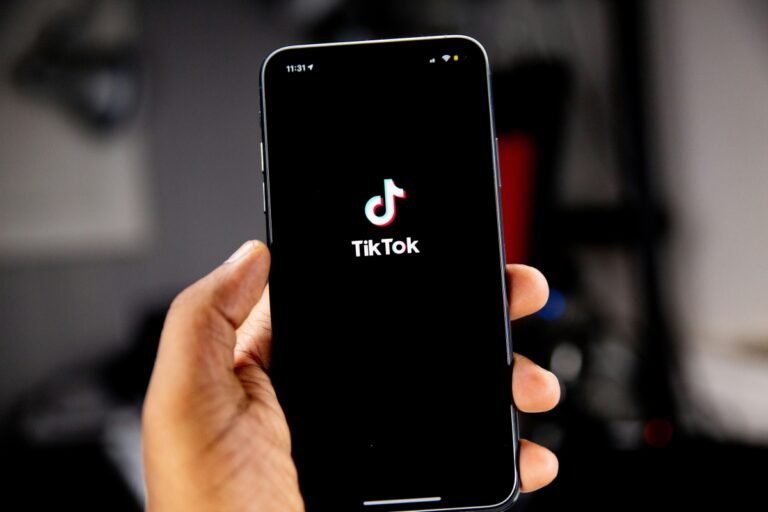New research from digital identity security specialists, ID Crypt Global, has revealed a 230% increase in the number of fake social media accounts on TikTok over the past year, adding to content-related challenges such as harassment, self-harm encouragement, misinformation, and child sexual exploitation.
The analysis by ID Crypt Global highlights a troubling trend, specifically the rise of fake accounts on social media platforms. In Q1 2024, Facebook removed 631 million fake accounts, marking a 48.1% increase from 426 million in Q1 2023. However, TikTok’s figures are even more alarming, with a 232.5% increase in fake account removals over the past year and a 146.1% increase in just the past quarter.
Beyond fake accounts, social media platforms are battling a range of banned and illegal content. Snapchat data indicates that more than 3.6 million accounts were sanctioned for spreading such content between July and December 2023. Of these enforcements, 36.6% were due to sexually explicit content, 25.9% for promoting bullying or harassment, and 17.9% for spam. Other enforcement reasons included drug-related content (4.6%), child sexual exploitation (5.7%), hate speech (2.7%), threats of violence (2.3%), and self-harm/suicide (0.8%).
CEO and Founder of ID Crypt Global, Lauren Wilson-Smith, commented on the findings, “There’s no doubt that social media platforms face a daunting task when trying to rid themselves of fake accounts and dangerous content. And we would argue that fake information and fake news are among the most damaging things being spread online, yet these platforms don’t seem to be doing much about it.”
She continued, “This might be because misinformation is often difficult to spot and therefore hard to remove. But it’s clear that social media platforms need to be more proactive in limiting the spread of misinformation, or at least mitigating its impact. This is especially true when it comes to doctored or fake images and videos which can promote dangerous falsehoods while appearing, to the naked eye, to be completely reliable and true.”
Despite this, Lauren believed the issue could easily be dealt with if the world’s most influential platforms take the simple steps to make it happen. “Enabling users to instantly identify fake images is easy,” she assured.




